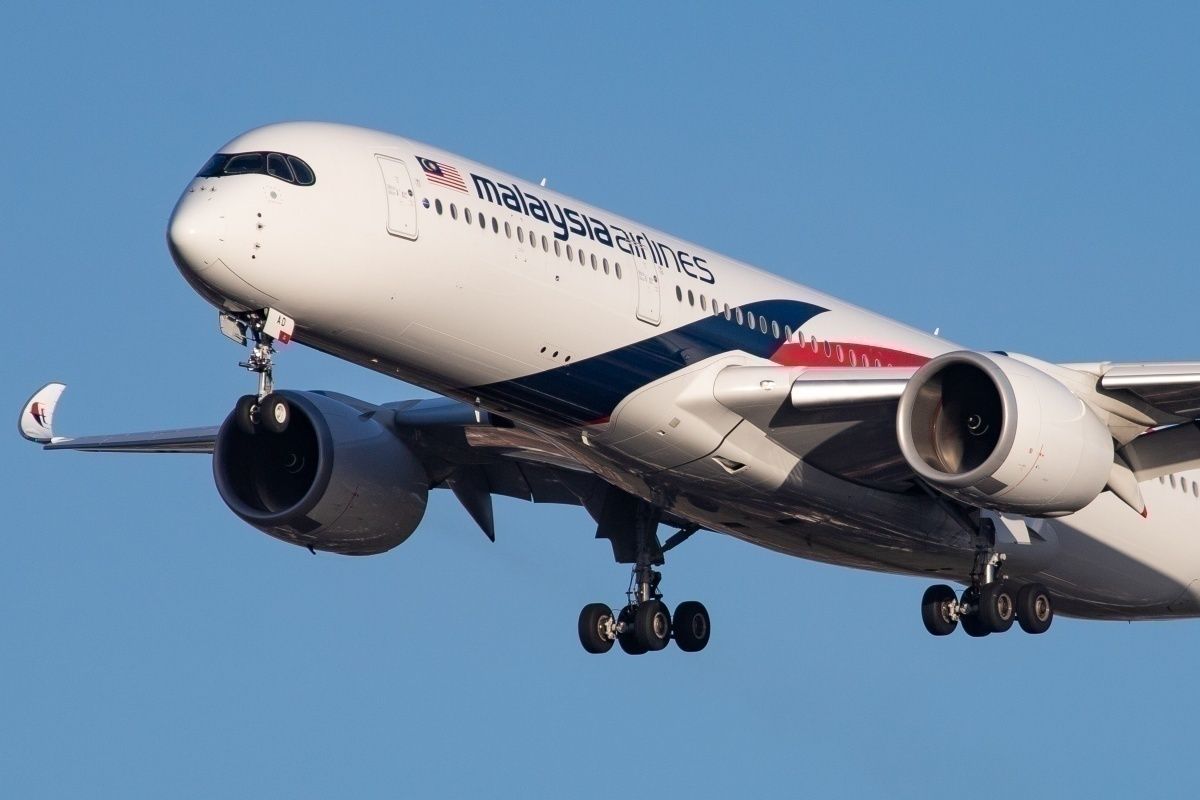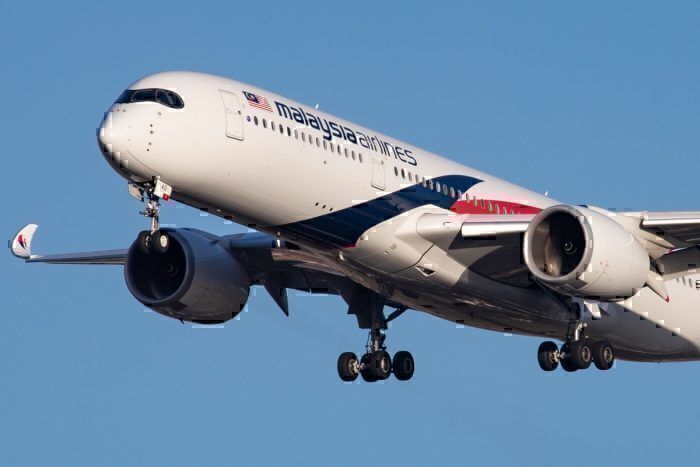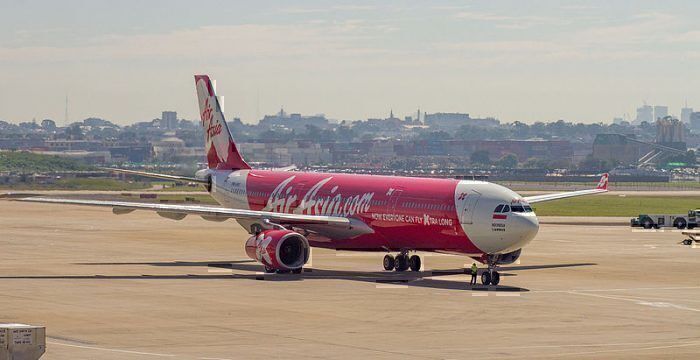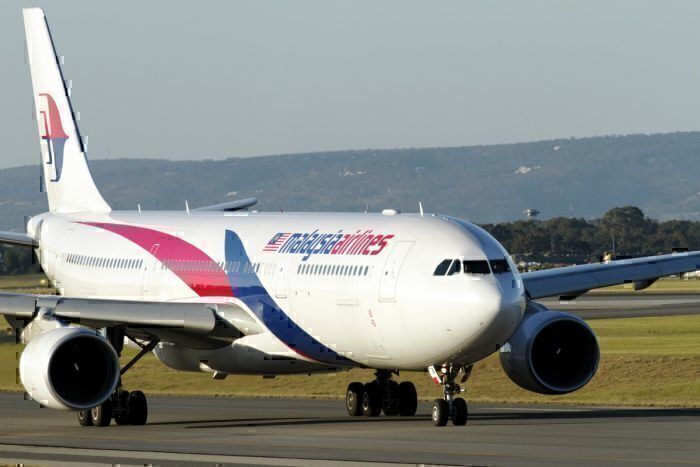Airlines operating in Malaysia such as Malaysian Airlines and AirAsia are facing financial difficulties thanks to a downgrade made by the FAA in 2018. This has reduced the country's aviation providers from category one to category two.
What are the details?
As part of the role of the FAA (The US Federal Aviation Administration) in managing airline activity within the US airspace, they must also routinely evaluate foreign carriers that wish to fly into the country.
Airlines that want to fly to the United States need to be rated category one, which means that they are safe, financially solvent and follow US operating parameters to the letter (such as in regards to how they maintain their aircraft). This gives passengers and fellow airlines that share the airspace confidence, and prove that they know what they are doing.
However, if an airline or a country is found to be lacking they can be downgraded. This would result in severe issues for airlines who operate in the country or if they have plans involving the United States (hence why you might find some countries that don't fly to the US don't really care much about the rating).
The exact scenario happened to Malaysia back in 2018.
What happened to Malaysia?
According to CH-Aviation, the FAA found 33 'issues raised in the US FAA findings pertaining to technical expertise, trained personnel, record-keeping, and/or inspection procedures.'
Because of this downgrade, airlines in Malaysia have found themselves unable to open new US routes or expand existing services, greatly affecting the ambitious plans of AirAsia (Who wants to start mainland US services) and Malaysia Airlines.
Additionally, partnered airlines such as American Airlines have suffered as they can't ensure regular code-shared services, as well as realize expansion plans to the south-east Asian country.
However, there is a more serious financial impact as well.
What is the financial impact?
A new report by the Malaysian Aviation Commission (MAVCOM) on February 11, as published by CH-Aviation titled “The Economic Impact and Implications of the Civil Aviation Authority of Malaysia’s Rating Downgrade”, has shown exactly how much money this has cost airlines.
The report has suggested a 'revenue risk' of MYR372 million ringgit (USD90 million) split between Malaysian carriers (MYR361 million ringgit/USD88 million) and airport operators (MYR11 million ringgit/USD2.7 million) who normally facilitate US travel.
But it gets worse. The report has also suggested that other countries' aviation authorities, such as China and Japan, might reconsider Mayalsia's rating in light of this news. This would put up to 24% of revenue at risk (around MYR4 billion (USD873 million)) if their airlines are restricted in their respective airspaces.
The report concluded a goal to get the nation's FAA rating back up to category one within the next 12 months but highlighted the challenge other South-East Asian countries faced, such as Thailand who is still category two since 2015 and Philippines who took six years to overcome their category downgrade.
Overall this category downgrade is yet another challenge for Malaysia, in addition to the government looking for potential buyers to take over its struggling national carrier.
What do you think of this news? Let us know in the comments.




